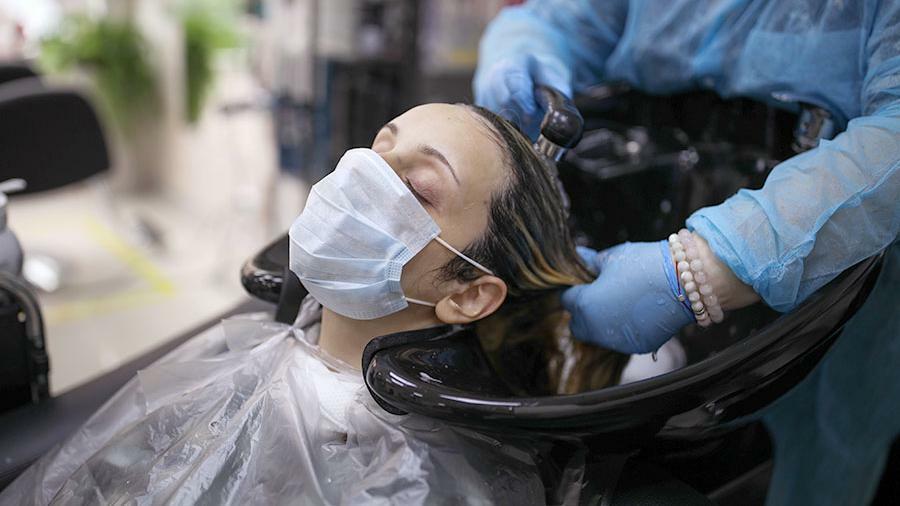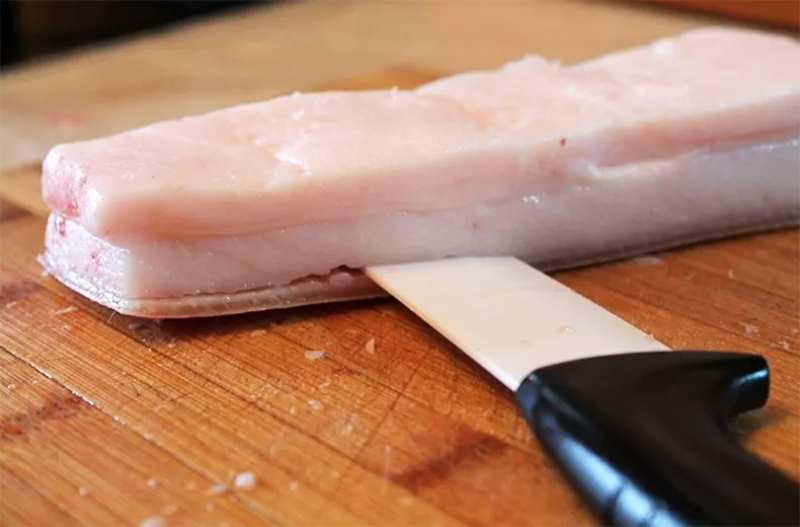Contents:
- "Symptoms" of high humidity
- Increased humidity in the bathroom and kitchen
- Organization of ventilation
- How to deal with dampness in the apartment on the first floor or floor
- How to reduce moisture to the inhabitants of the last floors?
- Private house and high humidity problems
High humidity and related problems - mold and fungus - are common. A few tips on how to get rid of dampness in an apartment or a private house will help to forget about this trouble. To combat dampness effectively, you need to determine the cause of its appearance. It can be, as a result of life activity - steam from the bathroom or the shower, drying things in the apartment - and defects made during construction. Often, high humidity - a consequence of improperly organized ventilation or blockage of ventilation ducts.

"Symptoms" of high humidity
Relative humidity in the apartment is about 50%.If such an indicator is exceeded, then this must be fought. Measuring the humidity can be done using a hydrometer, but there are some "symptoms" that clearly indicate that its level in the room is increased:
- vapor or drops of condensate on the window panes;
- mold on walls or ceiling;
- smell of damp( mustiness);
- things in the room are moistened.

High humidity in bathroom and kitchen
Getting rid of the dampness that appears after cooking, digesting or bathing is quite easy. Most often, it's enough to organize airing. If for any reason you can not do this, you can install a dehumidifier in the house. For these rooms will suit a model with a capacity of 10 liters per day. Since the humidity is not permanent due to activity, it is better to choose a portable dehumidifier and use it if necessary in the room where it is necessary to lower the moisture at a particular moment.
This device will help out and during the repair, because the technological humidity appears in the house when plastering surfaces and pasting wallpaper, and it is not always possible to remove it by airing. For the kitchen, it will be relevant to use a hood with sufficient power. If things are often boiled out here, food is prepared for a large family, then the exhaust capacity should be at least 500 m3 / h.

Ventilation organization
Correctly organized ventilation will help reduce humidity in the apartment and prevent problems associated with dampness. Of course, not everyone can make a major overhaul for the device of ventilation shafts. In this case, a technological novelty - window pressure ventilators is suitable. They automatically create the necessary traction, taking into account the difference in pressure from outside and inside the house.
Hygro-controlled exhaust grilles installed in existing ventilation ducts are another useful device. Their action is based on the regulation of the attractive flow, depending on the humidity in the room. However, it should be noted that if the channel is clogged or has insufficient diameter, installing such equipment will not help to remove damp. In this case, first of all, it is necessary to clean the clogged shaft, and only then to install compulsory ventilation.
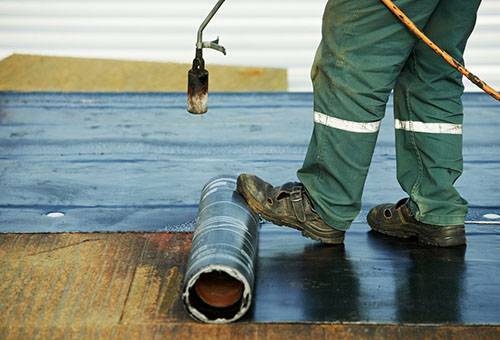
How to deal with dampness in an apartment on the first floor or the floor of the
Apartments on the first floor are chronically "sick" by high humidity. To get rid of dampness in them is sometimes quite difficult, because here the reason can be in the wrong arrangement of the foundation of the house. If such a defect is present, then it is impossible to eliminate it. In this case, only additional heating and forced ventilation are suitable.
If the cause of humidity in insufficient waterproofing, the dampness can be reduced. To do this, it is necessary to arrange an oiling or gumming waterproofing of the floor with cracks with waterproofing plasters. It is more difficult to cope with the penetration of moisture through inter-panel seams. Such a problem is a defect in construction, and it is felt by residents of all apartments in the house. To eliminate it, you can contact the housing office or raise the necessary funds at a meeting of tenants and order sealing of seams from professionals.
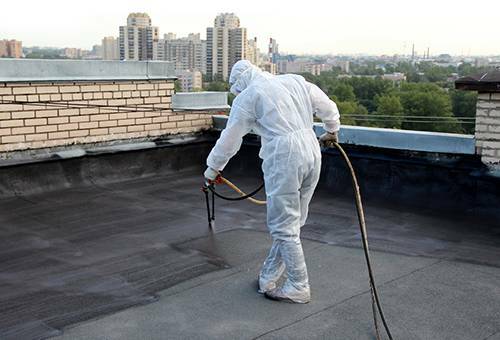
How to reduce moisture to the inhabitants of the last floors?
Residents on the top floor suffer from dampness in the absence of a pitched roof. Moisture penetrates to them through the ceiling. It is impossible to remove it by waterproofing the ceiling in the room, since any decision in this direction will be unreliable. Water simply "bypasses" the obstacle and leaves into the walls. But there is a solution. In order to get rid of dampness, you need to isolate the floor on the floor above the apartment. This is an attic or, as it is called officially, a technical floor. When repairing, special attention should be paid to sealing joints and seams, since basically it is through them that moisture gets into the apartment.
There are times when access to the attic is closed for various reasons, for example, the premises are rented or sold, and the new owner does not let anyone in. Here the question of how to drain air in an apartment becomes problematic. There is only one way out - roof waterproofing. Not everyone can make financial investments for such repairs, so they will have to demand that leaks be eliminated from the organization servicing the house or that they collect money from all the residents of the riser.
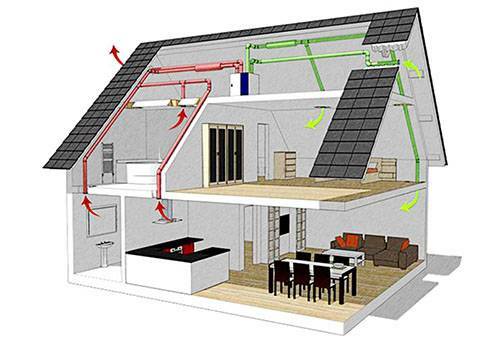
Private house and high humidity problems
In a private house, excessive humidity can be the result of insufficient waterproofing of the foundation, the penetration of moisture through cracks in the walls or with insufficient ventilation. One of the reliable methods of eliminating dampness in the house is the installation of a proper drainage system on the site. This is especially true if a high level of groundwater is observed.
The second method is the external and internal waterproofing of the cap. External vertical insulation can be done after the construction of the house, but the horizontal is made only at the time of the foundation. We can not forget about the isolation of the floor in a private house. More reliable for preventing moisture penetration is the concrete floor, but it is possible to arrange high-quality insulation for wooden floors.
Waterproofing of walls in a private house can be carried out by applying a layer of plaster of the following composition:
- 1 part of cement;
- 1 part of sand;
- 1 part silicone or synthetic latex.
This dry plaster mixture is diluted with water and applied to walls in the usual way. This will strengthen the walls and serve as an obstacle to leaks.

